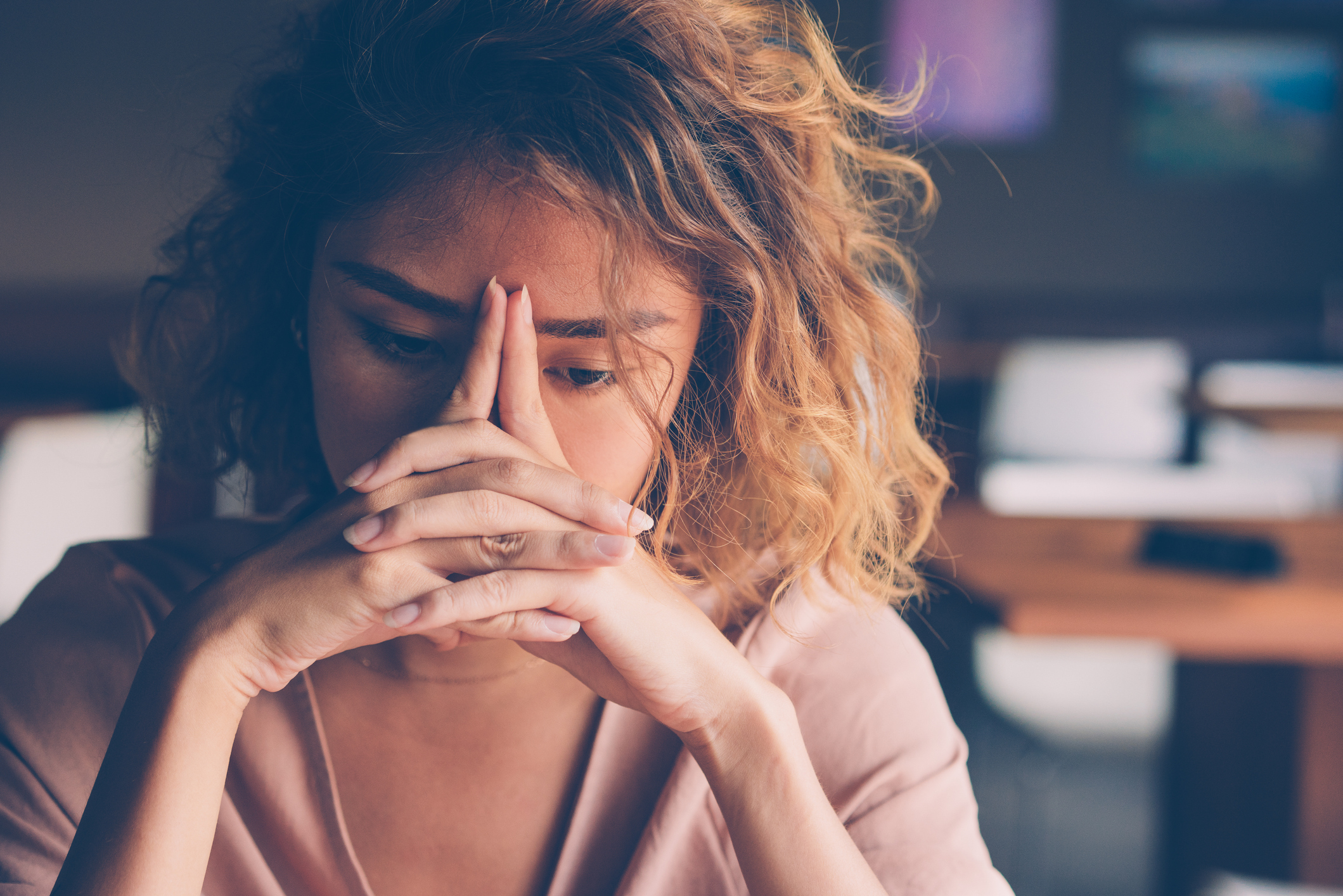Stress. We all feel it, and we all – most likely – have experienced it a lot more that usual over the past year. Uncertainty over our jobs, finances, relationships, as well as the endless time spent in isolation, has been hard on many of us.
But there are ways to respond to stress that are better for our minds and bodies – you just have to know how to do it. Anna Barnes, author of How to De-Stress The Essential Toolkit for a Calmer Life, says some stress can be beneficial to us, pushing us to get through normal, tricky situations. But more and more of us are experiencing serious stress on a regular basis, which can stop us from enjoying life and can affect our health, too.

Stress can show itself in a whole range of different ways, says Barnes, from loss of confidence and sleep problems to anger, depression, poor concentration and mood swings. People can experience physical symptoms too, like dizziness, nausea, sweating, shaking or trembling.
“Our bodies react in this way in an attempt to deal with mental or physical strain, but we aren’t designed to experience them long-term because they can negatively impact our general health,” she says. “You may even suffer from stress on an emotional or physical level without realising it, so take a moment to pause and see if you recognise any symptoms in yourself. If you do, it could be time to take the first steps in tackling your stress.”
Stress can be a contributing factor to many illnesses, adds Barnes, so it’s important to learn how to control it. The good news is there are several techniques we can use in the moment – right when we’re feeling like the world is against us – than can help calm and ground us.
Here, Barnes shares three, five-minute hacks to use when you’re feeling overwhelmed with stress.
1. Learn Progressive Muscle Relaxation
Progressive Muscle Relaxation – or PMR – is easy to learn, says Barnes, and an effective way of relaxing the body and releasing stress. “The technique involves mindfully tensing and then releasing each of the muscle groups in your body in turn, working from your head to your feet,” she explains.
“By focusing on tensing your muscles before relaxing them, you’re able to relax them more fully and, with practice, you can learn to relax your whole body very quickly. Starting with your face, lightly clench your muscles as you breathe in and then relax them as you breathe out. Work down through your neck, shoulders, arms and upper body, to your torso, lower body and legs, taking each limb in turn and finishing with your feet.”
2. Try the ‘breath and belly’ approach
The simplest and quickest way to relax is to concentrate on your breathing, explains Barnes. “Although breathing is, of course, a natural process, spending a few minutes each day focusing on breathing can help to reduce your stress levels and lower your blood pressure,” she says. “Breathing deeply sends a message to your brain to calm down, which then translates to your body. So aim to breathe in deeply and slowly through the nose to a count of four so that your abdomen rises; then exhale steadily through the mouth. If it helps, you can rest a hand on your belly to make sure you’re breathing into the right place.
3. Question your thoughts
When you’re stressed, it’s easy to get yourself wrapped up in spirals of negative thinking. “Although it’s not always easy, try take a step back from the situation that’s causing you stress and view it as objectively and rationally as you can,” says Barnes. Ask yourself: how important is this, in the grand scheme of things? Will stressing about it make the situation any better?
“Once you’ve made this honest assessment, turn your focus onto more positive things. List three things that you’re grateful for, or that have brought you happiness this week, either in your head or on a piece of paper. The more you practise this, the easier it will become – and soon you’ll start putting a positive spin on situations without even realising!”
How to De-Stress: The Essential Toolkit for a Calmer Life Hardcover by Anna Barnes is published by Summersdale.




